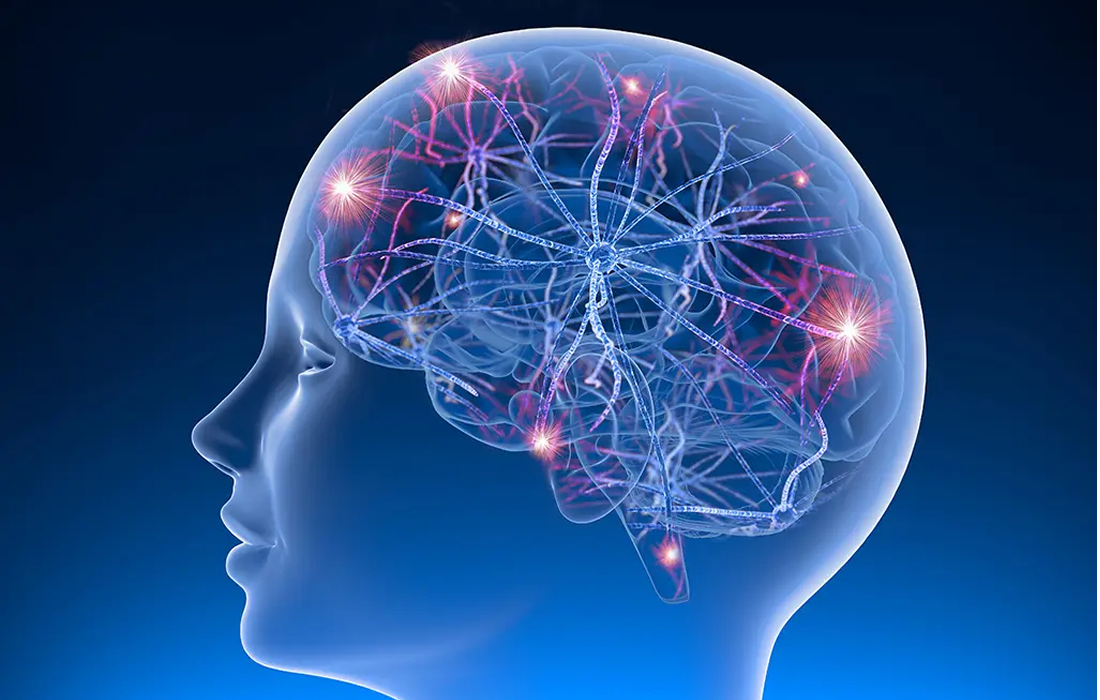Regenerative Medicine News and General Information
New Gene Therapy Targeting Could Treat Neurological Disorders
Many brain diseases, such as epilepsy, are caused by excessive activity of a small number of brain cells. These conditions often don’t respond well to drug treatment, mainly because drugs affect the whole brain.
Whilst genetic therapies could be a promising way to treat these conditions, current methods do not distinguish between overactive and normal brain cells.
A new treatment for neurological and psychiatric diseases, that works by reducing the excitability of overactive brain cells, has been developed by UCL researchers.
Dr Gabriele Lignani (UCL Queen Square Institute of Neurology), and his team invented a gene therapy that switches on only in overactive cells, and switches itself off if activity returns to normal.
They harnessed the ability of certain DNA sequences to control gene expression in response to metabolic signals. By re-directing this activity-sensing mechanism to drive the production of molecules that stop brain cells from firing, showing that epileptic seizures can be suppressed.
To create the gene therapy, the team screened several genes known to ‘switch on’ in response to stimulation, and coupled their promoters (DNA sequences that determine whether the DNA is copied to RNA) to potassium channels chosen for their ability to reduce the firing of nerve cells. The promoter-potassium channel combinations were tested both in mice and in miniature brain-like structures grown in dishes, which were created using skin-derived human stem cells.
They found that the immediate early gene cfos promoter, in combination with the KCNA1 potassiumchannel gene, proved to be highly effective in calming neuronal excitability following an induced seizure, and also in suppressing spontaneous seizures, without having any negative effects on cognition.
The new treatment was more effective than previous gene therapies or anti-seizure drugs tested in the same model, with around an 80% reduction in spontaneous seizures in epileptic mice.
This gene therapy is self-regulated and can therefore be used without deciding a priori which brain cells need to be targeted. Importantly, it could, in principle, be extended to many other disorders such as Parkinson’s disease, schizophrenia and pain disorders, where some brain circuits are overactive.
SOURCE:
Yichen Qiu, Nathanael O’Neill, Benito Maffei, Clara Zourray, Amanda Almacellas-Barbanoj, Jenna C. Carpenter, Steffan P. Jones, Marco Leite, Thomas J. Turner, Francisco C. Moreira, Albert Snowball, Tawfeeq Shekh-Ahmad, Vincent Magloire, Serena Barral, Manju A. Kurian, Matthew C. Walker, Stephanie Schorge, Dimitri M. Kullmann, Gabriele Lignani, (November 3, 2022). On-demand cell-autonomous gene therapy for brain circuit disorders. Science. Retrieved from: https://www.science.org/doi/10.1126/science.abq6656
IMAGE:
https://www.epilepsy.org.uk/app/uploads/2022/08/epilepsy-brain-skull-activity-illustration.jpg

